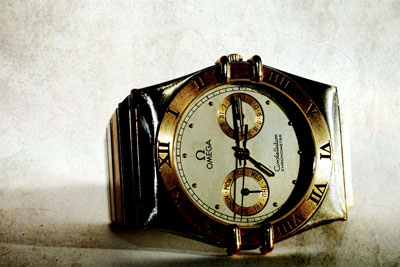All Nonfiction
- Bullying
- Books
- Academic
- Author Interviews
- Celebrity interviews
- College Articles
- College Essays
- Educator of the Year
- Heroes
- Interviews
- Memoir
- Personal Experience
- Sports
- Travel & Culture
All Opinions
- Bullying
- Current Events / Politics
- Discrimination
- Drugs / Alcohol / Smoking
- Entertainment / Celebrities
- Environment
- Love / Relationships
- Movies / Music / TV
- Pop Culture / Trends
- School / College
- Social Issues / Civics
- Spirituality / Religion
- Sports / Hobbies
All Hot Topics
- Bullying
- Community Service
- Environment
- Health
- Letters to the Editor
- Pride & Prejudice
- What Matters
- Back
Summer Guide
- Program Links
- Program Reviews
- Back
College Guide
- College Links
- College Reviews
- College Essays
- College Articles
- Back
Changes and Continuities In Western European Economy: 1250-1450CE
The Western economic system of 1250-1450 CE had gone through several changes, from the introduction of new luxury products and intensified global interaction and expansion with foreign countries which led to its trading system becoming more globally connected and diverse. However, despite these changes Western Europe maintained its own sense of individuality and retained its feudal system. From the late 12th century to the late 14th Western Europe had seen changes/ continuities in its economy due to its import/export arrangement, global exploration, political system, and foreign relationships.
One of many changes was associated with the rise of the west as Europe observed growths in its cities and urban economics, which stirred the passion for business in its society. Another alteration was in its new international connection with Asia, along with the exchange of new technology and goods, such as cinnamon, silk, sugar, and jewels. In return for these luxury items all Western Europe had to offer were crude goods, like wool, tin, copper, honey, and salt. To make up for this unbalance in trade Europe had to make up in gold, but to its lack of it Europe experienced a gold famine which nearly created economic collapse in 1400. Conversely, Italy experienced greater success as it was caught in new political rebirth, or the Renaissance, seeing new surges in its education and economy. With new innovations caused by the new cultural movement Italy led the West in banking and trading, which also funded cultural activities and the arts. As Europe took on “a Renaissance spirit” it also felt the desire to expand and conquest to new territories, i.e. Christopher Columbus and his journey to explore the “new world” in the 1400s. As Europe experienced a time of economic success and education its population grew, surging the interest in its economy and foreign discovery. As a result of this Europe established a new trading contact with the Americas, expanding its economic connection with foreign territories, gathering new import/export products, and bringing a new wave of change in the upcoming centuries.
Though Europe’s economy had been altered due to its changes in trade and global interaction, many aspects of its original economy remained. Continuity existed in Europe’s feudal system, a type of hierarchy where different castes of society, lords, serfs…, are assigned different powers and duties. In the feudal system lords, powerful heads of government, would assign fiefs, land that came with serfs, or peasant agricultural laborers, to vassals who were lower lords in exchange for military protection and loyalty. There was also permanence in Europe’s expansion phase, as early as 1291 with the Vivaldis from Genoa to Christopher Columbus, along with Europe’s desire to create new colonial systems. The new colonial patterns began around the middle of the 14th century when Western Europeans led by the Spanish and Portuguese traveled to the Americas bringing in Western plants, animals, weapons, and diseases. Along with introducing these products European colonists also devised agricultural markets that produced a variety of cash crops, which become an important innovation in agriculture, that were sold on the European market. Furthermore, despite the global interaction Western Europe took place in, like other nations such as Africa and Polynesia, it retained its original form of economy/society unique to their areas, as Europe preserved its feudal system and religions.
The changes and continuities that took place within Western Europe’s economy from 1250-1450 CE influenced its society into becoming a more globally connected/economically successful social order, until the end of the 14th century. Throughout the period with the foreign interaction taking place, Europe accepted new lavish products into its trading system, such as silk and sugar from territories like Asia, while still using its own simple products, such as wool and tin. Along with this Europe experienced an urge to explore the Atlantic along with creating colonies in the “new world”. With the global explorations taking place during that time new European colonies created cash crops, crops made for revenue, which became profiting features in Western Europe’s economy. But contrary to the change going on, Western Europe maintained most aspects of its original economy, keeping its feudal systems, a hierarchy of employment and power, along with local products and international contacts. All through the twelve century to the fourteenth century Western Europe’s economy was influenced by its new expansions into the world, developing new crops and distant relationships, while maintaining a unique economic system of its own.

Similar Articles
JOIN THE DISCUSSION
This article has 0 comments.
